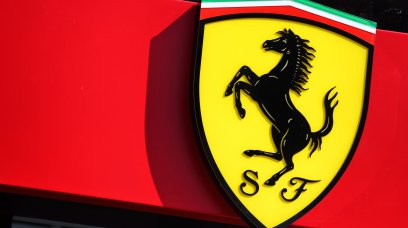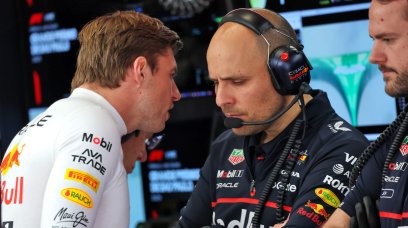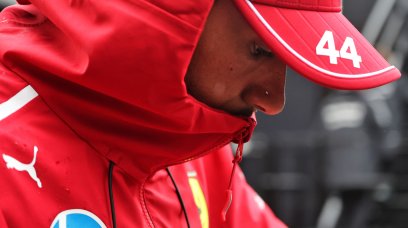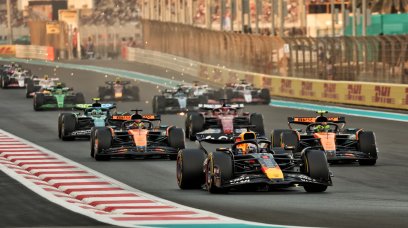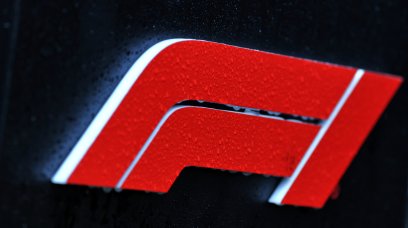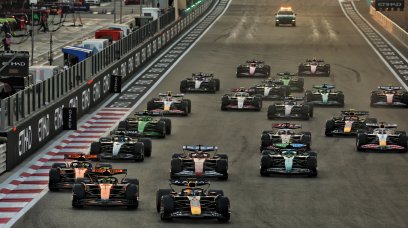Red Bull have outlined a "very unusual" design process with their newly-launched RB18, built to Formula 1's overhauled technical regulations. F1 is heading into a new era in 2022 with cars that feature a 'ground effect' aerodynamic concept, bigger wheels and a host of other technical changes . It is hoped that the shift of focus from over-car airflow to ground effect will enable drivers to follow each other more closely and increase overtaking opportunities compared to previous seasons.
Newey: F1's biggest regulation change since 1983!
Speaking in an RB18 walkaround video, released by Red Bull after they launched the car, Red Bull Chief Technical Officer Adrian Newey stressed the significance of this year's rules reset, spearheaded by the ground effect concept. "It's been a very unusual process, this one," Newey commented, reflecting on the car's development. "It's a huge regulation change, the biggest one we've had since 1983, when the venturi [tunnel] cars were banned and flat-bottomed cars were introduced. "The aerodynamic changes which lead as a representation to this are designed to help overtaking, so the theory is that if you create a shape where - as the downforce is produced - that always produces upwash at the back of the car, you get this kind of rooster tail coming up at the back. "If that back fills or side fills from underneath, then the wake goes above the car that's following it, so the car behind keeps its downforce much better than [it did in 2021]."
F1 cars set to be "a lot quicker" in a straight line
Meanwhile, Red Bull's Technical Director, Pierre Wache, highlighted how this year's cars are set to be significantly quicker in a straight line as a result of them generating less drag. "What they [F1] wanted to do is clearly to generate the downforce from the ground, compared to before, [when it was] generated by the ground, but also mainly by the front wing, rear wing and the bodywork," he explained. "It will affect the ride of the car, the mechanical grip and the drive of the car, because this generation of downforce is quite efficient. "This type of car should be a lot quicker on the straight, at [the usual] level of downforce."
Most read
